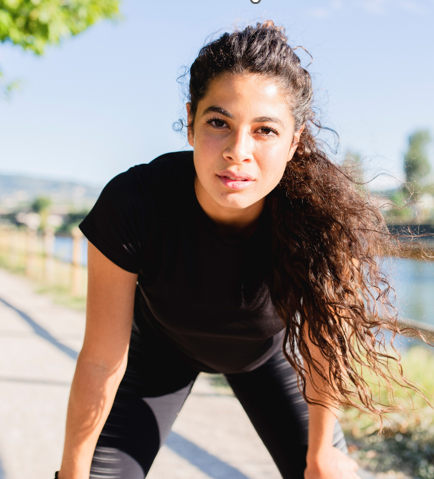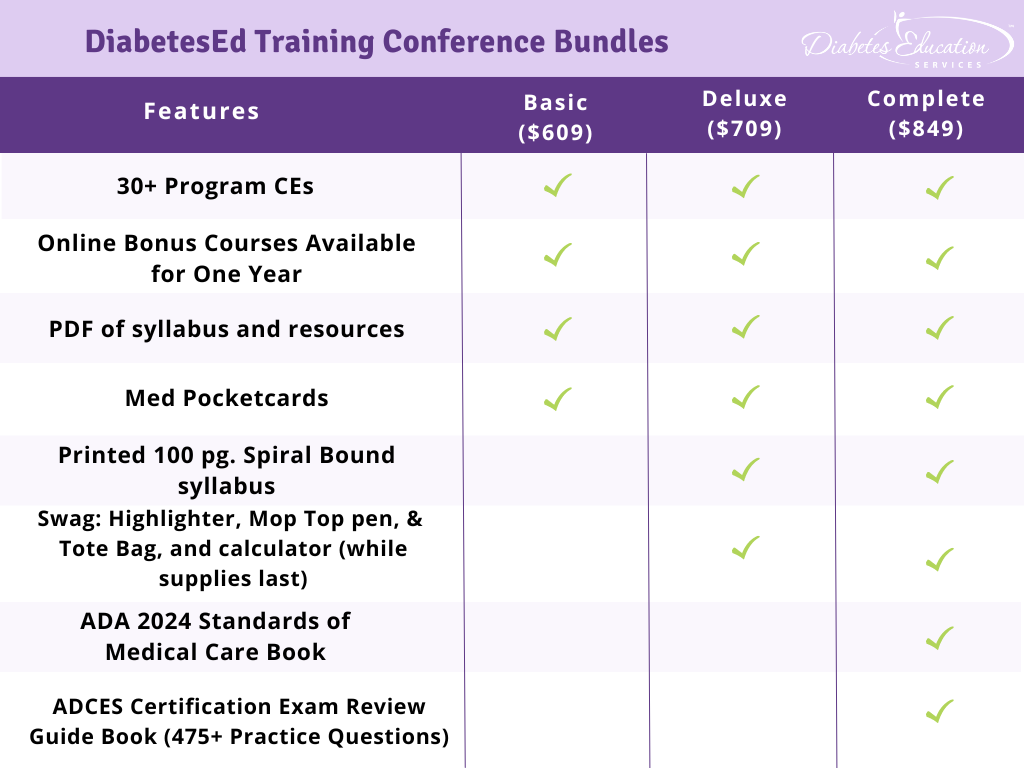Hotter Temperatures Worsen Diabetes Outcomes
Increasing global temperatures are expected to impact the health of people living with diabetes and lead to worse outcomes, according to an article published in the Journal of Community Hospital Internal Medicine Perspectives,

People with diabetes are at greater risk of experiencing dehydration and cardiovascular events during periods of extreme heat. Several studies reveal that people with diabetes are more likely to need emergency care during heat waves and those with a history of heart disease are most vulnerable.
Heatwaves can pose increased health risks for people with diabetes due to several factors:
- Increased Cardiovascular Strain: People with diabetes already have a higher risk of cardiovascular issues. The stress of heat waves and high temperatures can further strain the cardiovascular system, increasing the risk of heart-related complications.
- Heat Stress: Heat waves can cause heat stress, especially in individuals with diabetes who may have autonomic neuropathy. Autonomic neuropathy affects the body’s ability to regulate temperature, making it more challenging to adapt to hot weather.
- Dehydration: High temperatures can lead to excessive sweating and fluid loss, increasing the risk of dehydration. Dehydration can affect blood glucose levels and can be associated with hyperglycemia. It can also make it more challenging to manage diabetes effectively.
- Medication Storage: Extreme heat can impact the effectiveness of insulin. Storing insulin at temperatures outside the recommended range can lead to reduced potency, making it less effective in managing blood sugar levels.
- Protect Insulin Pumps and Glucose Meters: If you use an insulin pump or glucose meter, make sure to keep them out of direct sunlight and heat. High temperatures can affect their accuracy and performance.
To keep healthy and reduce risk during heatwaves, we have put a list together of actions people with diabetes can take to stay safe in the heat.
Actions that help people with diabetes stay safe during extreme heat.
Download PDF Handout of 19 Actions Here

- Stay Hydrated: The heat can lead to increased fluid loss through sweating. Dehydration can affect blood sugar levels, so it’s crucial to drink plenty of water throughout the day. Avoid sugary drinks and opt for water or sugar-free beverages.
- Choose the Right Time for Physical Activity: If engaging in outdoor activities, try to do so during cooler parts of the day, such as early morning or late evening. Heat can affect energy levels and might lead to fluctuations in blood sugar levels.
- Wear Proper Footwear: Pavement and walkways can exceed 150 degrees and walking barefoot can lead to serious burns. Always wear shoes. Also, be aware that hot weather can cause feet to swell. Wear comfortable, well-fitting shoes and socks helps to prevent blisters and potential foot injuries.
- Dress Lightly: Wear light, breathable clothing that allows your skin to stay cool and sweat to evaporate. Loose-fitting, moisture-wicking fabrics are ideal for hot weather.
- Use Sunscreen and hats: Protect your skin from sunburn with sunscreen, long sleeves, pants, and hats. Also don’t forget shoes to prevent sunburned feet.
- Be Prepared for Emergencies: Always carry a form of medical identification that indicates you have diabetes, along with emergency contact information. If away from home, inform companions about your condition and what to do in case of an emergency.
- Seek Shade and Take Breaks: When spending time outdoors, find shaded areas and take frequent breaks to rest and cool down. Avoid direct exposure to the sun, especially during peak heat hours (typically 10 am to 4 pm).
- Plan Meals Mindfully: Eat light, refreshing meals that require minimal cooking. Fresh fruits, vegetables, and salads are excellent options during hot weather.
- Use Fans and Air Conditioning: If possible, stay in air-conditioned or well-ventilated spaces. Electric fans can also help circulate air and make you feel cooler.
- Close Curtains and Blinds: Keep curtains and blinds closed during the hottest parts of the day to block out direct sunlight and reduce indoor temperatures.
- Take Cool Showers or Baths: A cool shower or bath can help lower your body temperature and provide temporary relief from the heat.
- Use Cooling Products: Consider using cooling towels, vests, or gel packs to help lower body temperature. Use Wet Cloths or Ice Packs: Apply a cold, damp cloth to the forehead, neck, and wrists. Ice packs in these areas can also help cool down.
- Create Cross-Ventilation: Open windows on opposite sides of your home to create a cross-breeze, allowing cooler air to flow through.
- Stay Informed: Keep an eye on weather forecasts and heat advisories. Stay informed about the temperature and be prepared for extreme heat.
- Limit the Use of Heat-Producing Appliances: Avoid using heat-producing appliances like ovens and stoves during the hottest parts of the day. Opt for microwave cooking or cold meals instead.
- Avoid Hot Cars: Steering wheels, seat covers, and seatbelts can become very hot. Check first before touching. Temperatures inside a car can rise rapidly and become life-threatening.
- Check on Vulnerable Individuals: Keep an eye on elderly relatives, neighbors, and those with health conditions who may be more susceptible to heat-related issues.
- Communicate with Healthcare Team: It’s essential to take proactive steps to stay cool and prevent heat-related illnesses. If you or someone else experiences symptoms of heat exhaustion or heatstroke (such as dizziness, confusion, rapid pulse, or vomiting), seek medical attention immediately.
- Download PDF Handout of 19 Actions Here and share it with colleagues and individuals with diabetes.
Join us LIVE in San Diego for our DiabetesEd Training Conference
October 9th-11th, 2024

Join Coach Beverly and Team for two and a half days of knowledge-sharing, fun, networking, games with prizes, and “aha” moments in beautiful San Diego on October 9-11, 2024.
You don’t want to miss this one-of-a-kind learning opportunity. Get away from all those daily responsibilities and immerse yourself in a fun and intensive conference with plenty of networking opportunities.
Attendees will leave this conference with new tools and a more complete understanding of the latest advances in diabetes care, from medications to technology to Medical Nutrition Therapy!
Each day, we provide a healthy breakfast, including fresh coffee, to kick off your morning. Our instructors co-teach the content to keep things fresh and lively. Plus, we play DiaBingo to reinforce key content. In addition, we provide plenty of movement breaks led by volunteers from the audience. Did we mention delicious lunches and a conference meeting space just minutes from San Diego Bay?
Friend Discount: 3 or more only $559-$799 (based on registration package) per person. Email us at [email protected] with the name and email of each registrant to get the discount!

Time: The course is Wednesday through Friday. Join us for breakfast at 7:00 a.m. each day. The class begins at 8:00 a.m. and ends at 5:00 p.m. on Wednesday and Thursday and at 3:00 p.m. on Friday.
- 3 Days: of critical information delivered by passionate speakers in an engaging and fun format!
- 18+ CEs: earned at the Live Seminar (RDs earn 18.75 CEs while Nurses & CA Pharmacists earn 22.75 CEs)
- 10 Bonus Online Courses, Earn 10+ CEs: As a course attendee, you automatically receive a bonus online course bundle of 13 online courses valued at over $179. Coach Beverly carefully chose each of these courses based on student feedback on which content best helped them succeed at the certification exams and in their clinical practice. You will be given instructions after you purchase the course on how to enroll in our Online University and get started!
- Healthy breakfast all days, gourmet lunch both days and refreshments.
- E-version of the syllabus
Sign up for Diabetes Blog Bytes – we post weekly Blog Bytes that are informative and FREE! Every week we post one exam practice Question of the Week and Rationale of the Week. Sign up below!
Recent Blog Bytes
The use of DES products does not guarantee the successful passage of the certification exam. CBDCE and ADCES do not endorse any preparatory or review materials for the CDCES or BC-ADM exams, except for those published by CBDCE & ADCES.









